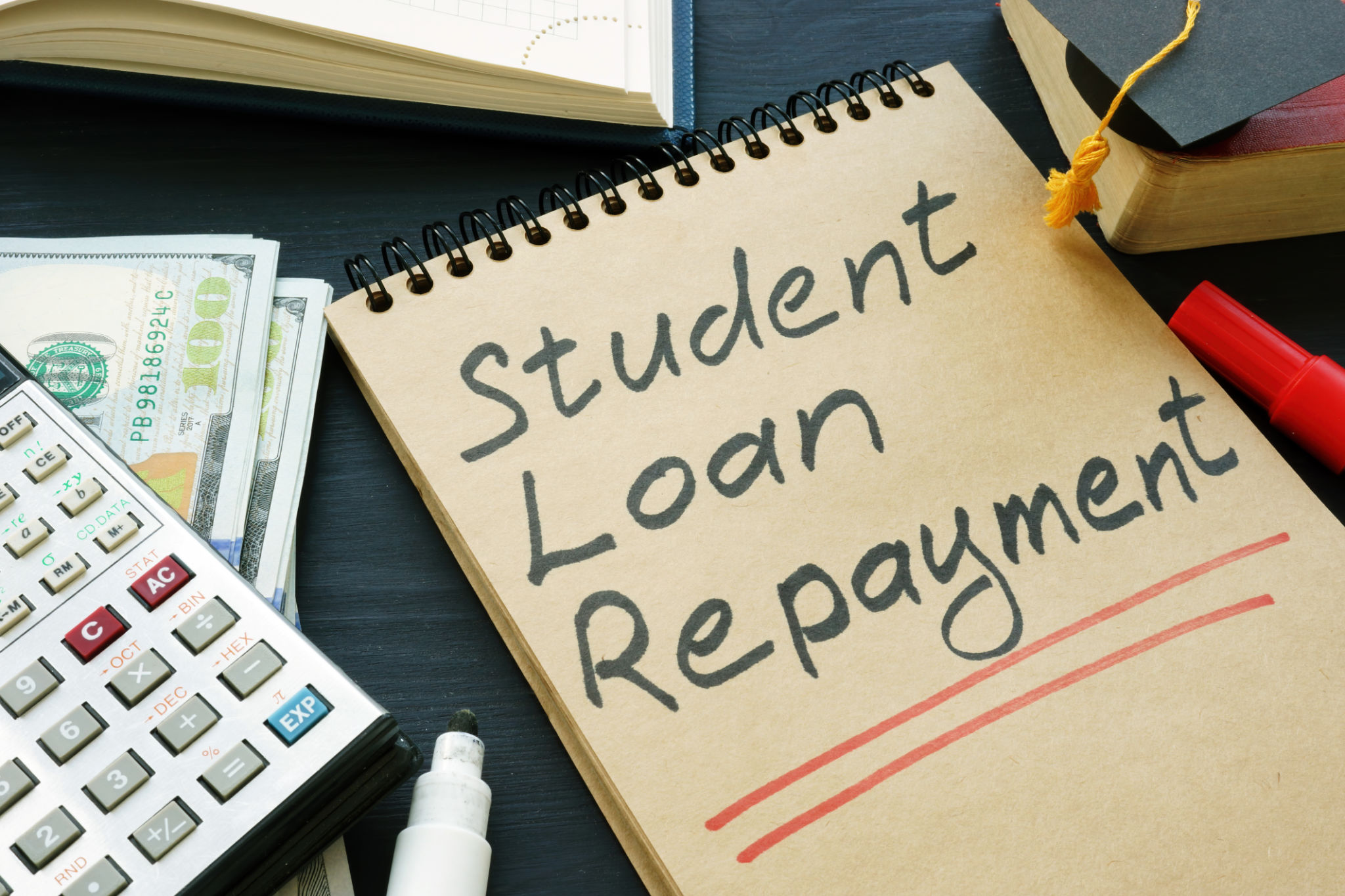The Impact of Legislation Changes on Student Loan Repayment Plans
Understanding Recent Legislative Changes
The landscape of student loan repayment plans has seen significant changes due to recent legislative updates. These changes aim to ease the financial burden on borrowers, especially in light of the economic challenges posed by global events. Understanding these legislative changes is crucial for current and future borrowers to effectively manage their student loans.

Key Changes in Repayment Plans
One of the most notable changes is the adjustment in income-driven repayment plans. These plans have been recalibrated to reduce the percentage of discretionary income that borrowers must pay each month. This adjustment is particularly beneficial for those with lower incomes, making it more feasible to meet monthly payment requirements.
Additionally, there have been improvements in the Public Service Loan Forgiveness (PSLF) program. The criteria for eligibility have been broadened, allowing more borrowers working in public service roles to qualify for loan forgiveness. This change underscores the government's commitment to supporting those who contribute significantly to society through their work.
Impact on Borrowers
The legislative changes have a profound impact on borrowers, offering more flexibility and reducing financial stress. With lower monthly payments, individuals can allocate more resources towards other financial goals, such as saving for retirement or purchasing a home.

Moreover, the expanded eligibility for PSLF means that more individuals in public service can potentially have their loans forgiven after ten years of qualifying payments. This provides a significant incentive for graduates to pursue careers in teaching, healthcare, and other vital sectors.
Future Implications
The effects of these legislative changes extend beyond immediate financial relief. They may influence future educational and career choices, as students weigh the costs of higher education against potential earnings and loan repayment obligations. With improved repayment terms, higher education may become more accessible and appealing to a broader audience.

Furthermore, these changes could lead to long-term economic benefits. By reducing the financial strain on borrowers, there is potential for increased consumer spending and investment in other areas of the economy, fostering overall economic growth.
What Borrowers Should Do Next
Borrowers should take proactive steps to understand how these changes affect their specific situations. It's important to review loan agreements, consult with financial advisors, and explore different repayment options. Additionally, staying informed about future legislative developments will ensure that borrowers continue to make informed decisions regarding their loans.
In conclusion, recent legislative changes to student loan repayment plans offer significant benefits to borrowers. By understanding and leveraging these changes, individuals can better manage their debt and improve their financial well-being.